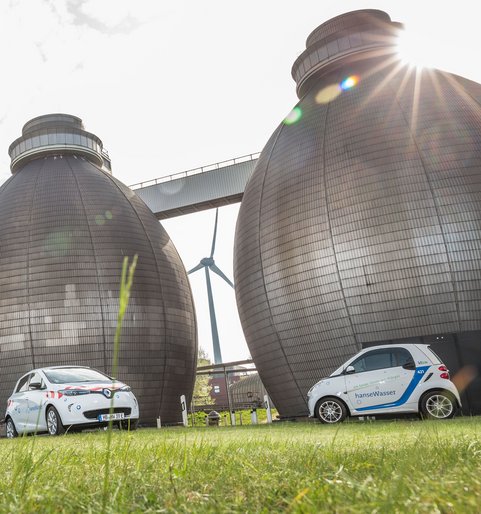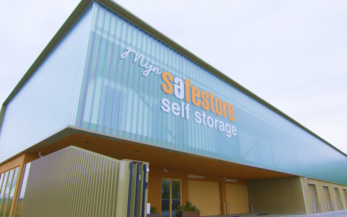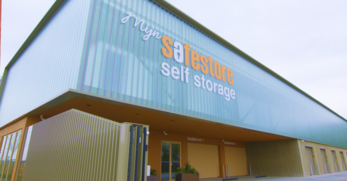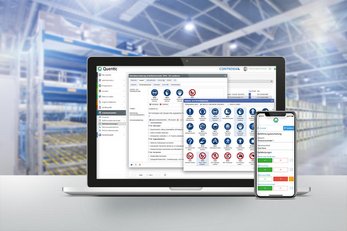Always stay above water
Can you maintain an integrated management system but taking a siloed approach to digitalization challenges, such as online training? It's better not to, especially if you look at the successful example of hanseWasser, a German wastewater company.
In 2020, a technical department of hanseWasser first expressed a need for e-learning software. It quickly became clear that the required digitalization project wouldn't be limited to just one department or to the area of online training. hanseWasser convened a project group consisting of experts in IT, occupational safety, organization, and legal compliance, who compiled a list of critical, cross-company digitalization topics. At the top of the list were risk assessments, operating instructions, and the hazardous chemicals register. Looking ahead, the project group recommended ensuring that various other facets of the company's integrated management system, such as certifications and commissioning, could be supported and seamlessly integrated into a single software system.
Outsiders might see this as a search for a one-size-fits-all solution. However, the experts at hanseWasser knew that a solution already existed in the form of Quentic, which had proven itself in numerous other utilities and waste management companies.




